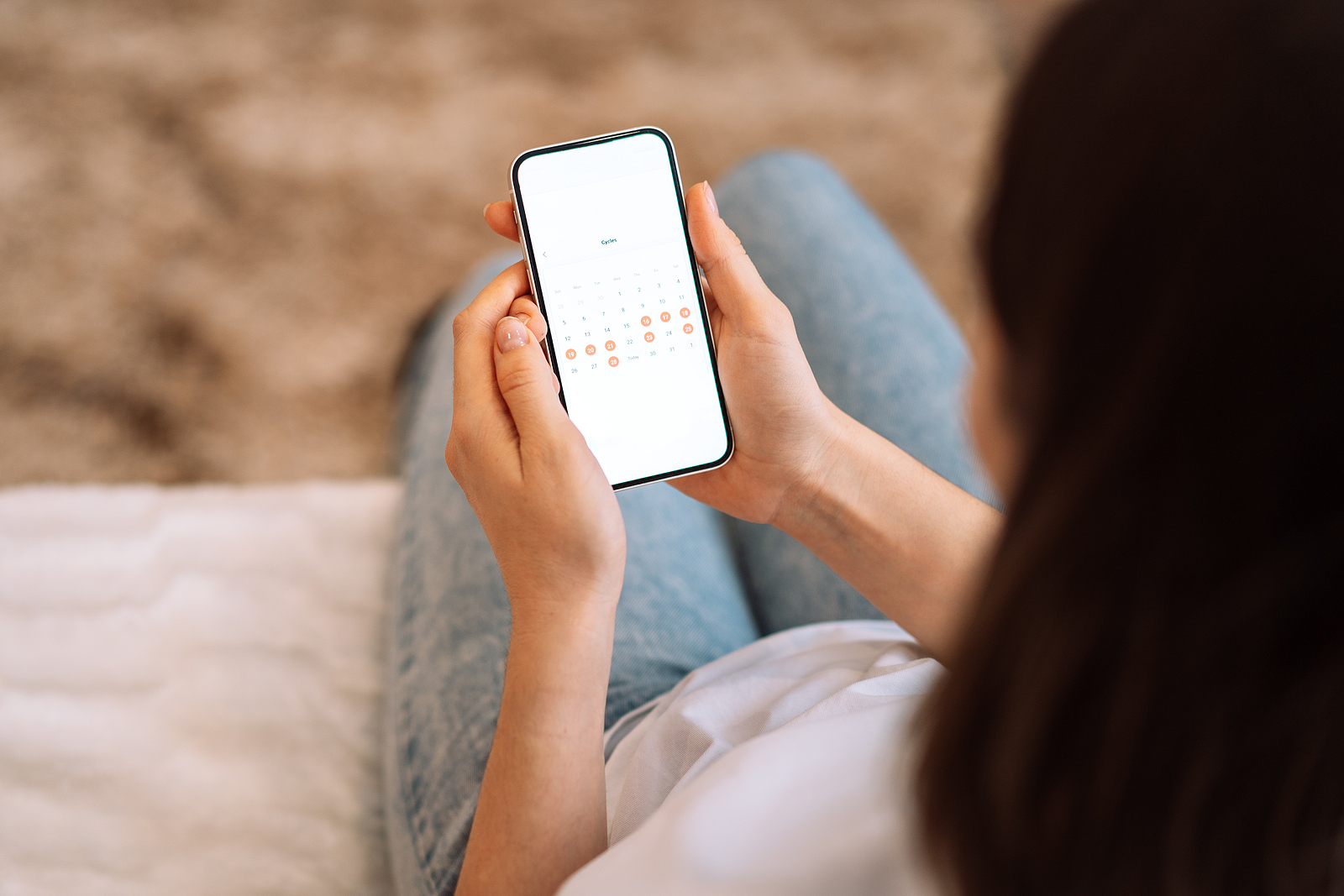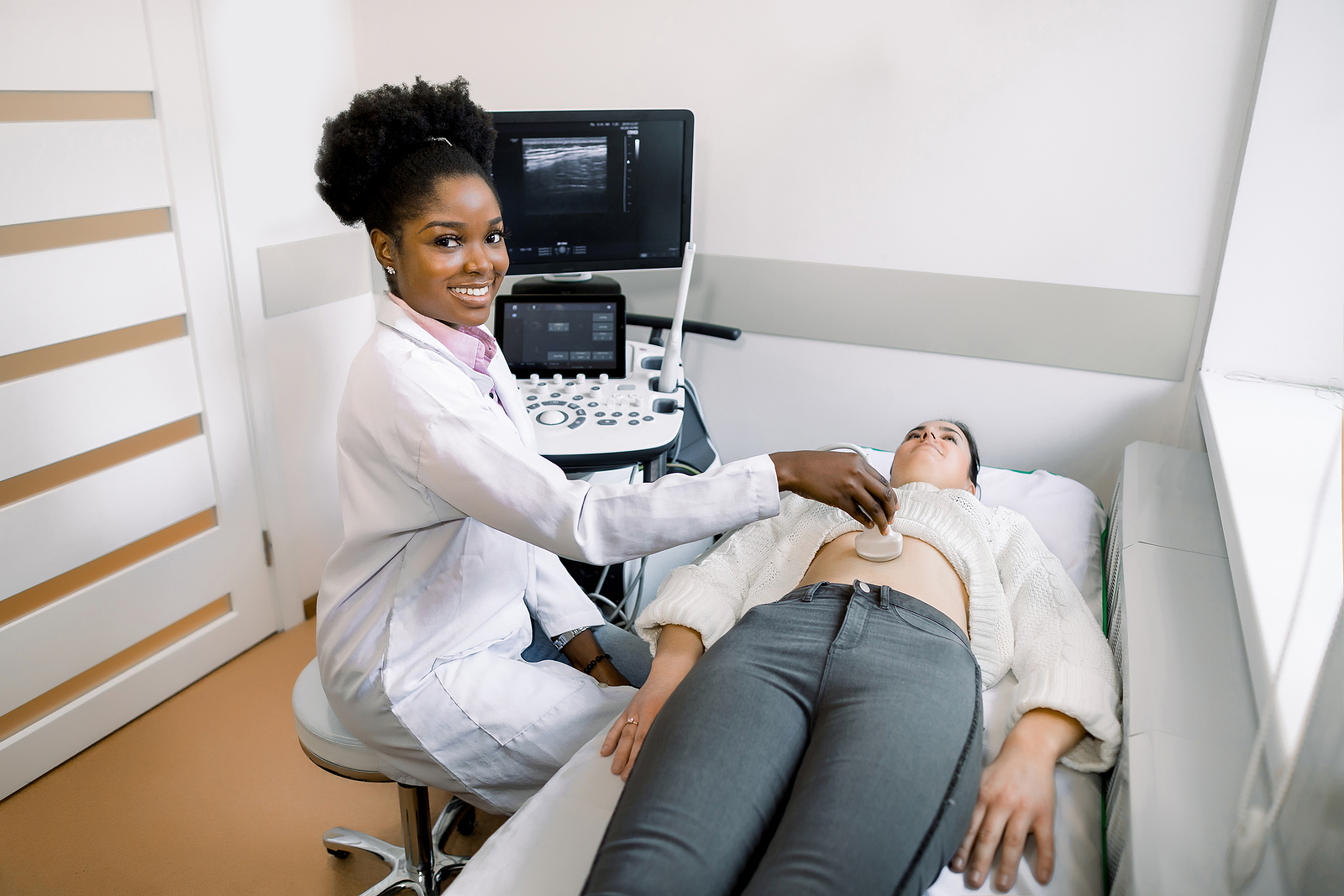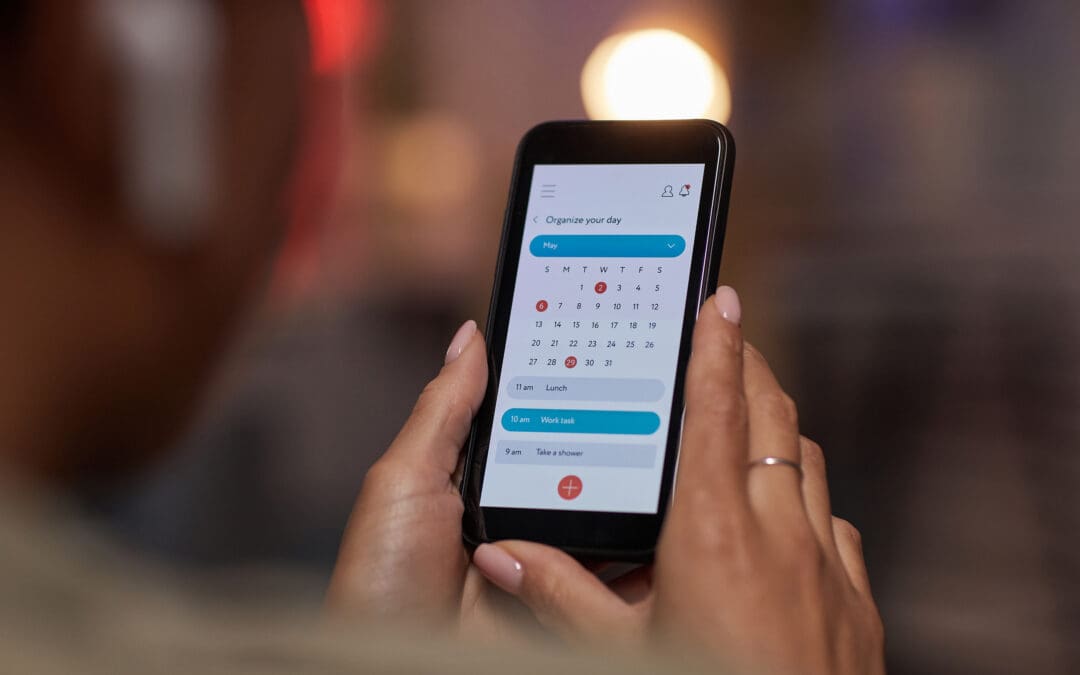If you recently found out you are pregnant you might be wondering, “When did I get pregnant?”
There are several ways to help figure out when you conceived. While some steps are more reliable than others, here are a few tools to help you figure out what day you might have gotten pregnant.
Remember that a healthcare provider will be able to give you a more accurate answer at an ultrasound appointment.
What day did I get pregnant?
1. Track the first day of your last menstrual period (LMP)
If you don’t know your ovulation date but know the first day of your last period, you can roughly determine when you became pregnant. Count 280 days (40 weeks) from the first day of your last period to today’s date. That number will tell you your due date. Pregnancy normally lasts about 40 weeks (about 9 months).

To calculate conception date:
Conception = due date – 280 days
To calculate the earliest possible day intercourse happened:
Intercourse = conception – 7 days
These numbers will give you a rough estimate of when you got pregnant.
What if I don’t know when my last period was?
If you don’t keep track of your periods or have an irregular cycle, it can be even more challenging to figure out what day you became pregnant. You will have to make your best guess on when your last period was.
Not completely sure if you’re pregnant? Reach out to our staff to confirm your pregnancy with a medical-grade pregnancy test and ultrasound today.
The math still isn’t adding up?
You did the math to calculate when you got pregnant, but it’s not adding up. It’s important to remember it takes about nine days after ovulation for the implantation of the fertilized egg to occur.
It takes a few more days for pregnancy hormones to shift and be detectable by a pregnancy test. Schedule an ultrasound with a medical professional to get the most accurate results of when you might have gotten pregnant.
2. Track when you ovulated
In general, women can only conceive when ovulating. Ovulation is the release of an egg for potential fertilization.

Conception usually occurs within 11-21 days from the beginning of your last period. Ovulation happens around day 14 of the average 28 day menstrual cycle. That’s 2 weeks after your period started. You can only get pregnant if intercourse has happened during the five days leading up to ovulation or the 24 hours after ovulation. If you can pinpoint when you ovulated, it can help determine the day you got pregnant.
All women’s bodies are unique and each menstrual cycle is different. Some women have irregular periods, some may ovulate closer to or further from their periods, and some might not know when their last period was.
Since this method can be hard to track, it can be difficult to pinpoint the exact day of conception.
The ins and outs of ovulation – what to look for
Ovulation happens about 2 weeks after your menstrual period. Typically, there are 3-7 days before the actual day of ovulation that you will notice a change in cervical fluid. This fluid will be clear, wet, and stretchy. This is a sign that ovulation is approaching in about 5 days.
Ovulation only happens one day within your cycle. On this day, your egg is released from your ovary and travels down your fallopian tube where it waits to be fertilized by the sperm.
Cervical fluid helps sperm stay alive in your body for up to five days, so it is ready to fertilize the egg on ovulation day. Once ovulation has occurred, within 24 hours your cervical fluid will typically lessen or dry up.
- Change in cervical mucus – becomes clear, wet, and stretchy
- Increased sex drive
- Light cramping on one side of the lower abdomen
- Bloating
- Breast tenderness
If you can identify cervical fluid changes and ovulation symptoms, it can help you figure out the day of conception.
3. Determine the days you had intercourse
Pinpoint which days you had intercourse. This can help you figure out the days you might have had sex around ovulation. These are the days you are most at risk of getting pregnant. However, this is not a very accurate way to determine the day you got pregnant since sperm can live up to 5 days in a woman’s reproductive tract waiting to fertilize her egg.
This can be especially tricky if you have had more than one sexual partner during ovulation. If you have had multiple sex partners within the same menstrual cycle, the only way to be 100% sure of the identity of the father is a paternity test.
4. Schedule an ultrasound
An ultrasound is the most accurate way to calculate gestational age and help determine when you may have conceived. Ultrasounds measure the fetus to estimate how far along you are. The fetus can be measured through an ultrasound as early as 5 to 6 weeks after your last menstrual period.

Ultrasounds have been shown to accurately determine gestational age. Comparing the measurement from the ultrasound with the first day of your last period can help your healthcare provider estimate your date of conception.
The further along you are, the less accurate ultrasounds can be in determining gestational age. If you wait more than 13 weeks, an ultrasound can be off by a week or so due to the pregnancy’s growth. It’s important to get an ultrasound as soon as possible to get the most accurate results.
Ultrasounds can also detect any abnormalities, health risks, ectopic pregnancies, and confirm a viable pregnancy.
Schedule a free ultrasound at Southside Women’s Services to figure out how far along you are.
What are my next steps?
Scheduling an ultrasound early in your pregnancy confirms an accurate gestational age to help you figure out when you conceived. At Southside we offer low to no cost ultrasounds. We are a safe and confidential place for you to talk through potential conception dates and pregnancy options. We are here for you.

